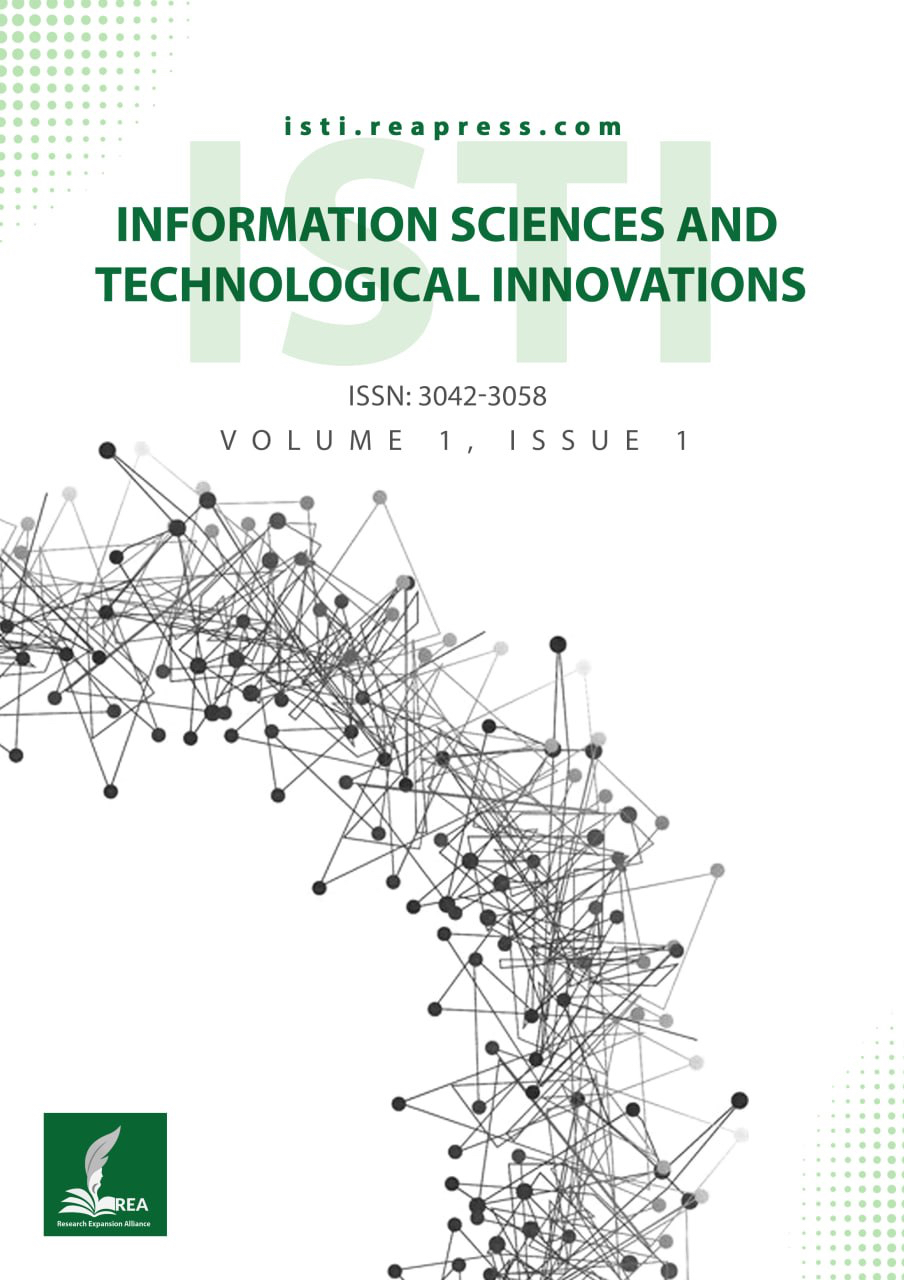IoT Enabled Real Time Fire Monitoring and Response in Urban Areas
Abstract
Safety and mitigating potential damage. This study investigates an Internet of Things (IoT)- enabled framework designed for real-time fire monitoring and response, utilizing sophisticated deep learning methodologies. The paper examines the integration of intelligent sensors that continuously gather environmental data, encompassing temperature, smoke, and gas. Levels to promote early fire detection. The proposed system utilizes a deep learning model to accurately classify and predict fire incidents, significantly improving Response Time (RT)s. Furthermore, the architecture incorporates communication protocols that facilitate rapid data transmission to emergency response teams and urban management systems, ensuring timely intervention. Our approach underscores the significance of data fusion from many IoT devices, which enhances situational awareness and decision-making processes during fire emergencies. By addressing critical challenges such as scalability, interoperability, and the reduction of false alarms, this research provides a holistic solution for urban fire safety, ultimately advancing smarter and safer cities.
Keywords:
IoT, Deep learning, Fire detection, Urban safety, Real-time monitoringReferences
- [1] Ivanov, M. L., & Chow, W. K. (2023). Fire safety in modern indoor and built environment. Indoor and Built Environment, 32(1), 3-8. https://doi.org/10.1177/1420326X2211347
- [2] Khan, F., Xu, Z., Sun, J., Khan, F. M., Ahmed, A., & Zhao, Y. (2022). Recent advances in sensors for fire detection. Sensors, 22(9), 3310. https://doi.org/10.3390/s22093310
- [3] Vasconcelos, R. N., Franca Rocha, W. J. S., Costa, D. P., Duverger, S. G., Santana, M. M. M. de, Cambui, E. C. B., … & Cordeiro, C. L. (2024). Fire detection with deep learning: A comprehensive review. Land, 13(10), 1696. https://doi.org/10.3390/land13101696
- [4] Cheng, G., Chen, X., Wang, C., Li, X., Xian, B., & Yu, H. (2024). Visual fire detection using deep learning: A survey. Neurocomputing, 596, 127975. https://doi.org/10.1016/j.neucom.2024.127975
- [5] Morchid, A., Oughannou, Z., Alami, R. El, Qjidaa, H., Jamil, M. O., & Khalid, H. M. (2024). Integrated internet of things (IoT) solutions for early fire detection in smart agriculture. Results in engineering, 24, 103392. https://doi.org/10.1016/j.rineng.2024.103392
- [6] Mohapatra, H., & Rath, A. K. (2021). An IoT based efficient multi-objective real-time smart parking system. International journal of sensor networks, 37(4), 219–232. https://doi.org/10.1504/IJSNET.2021.119483
- [7] Intorelli, A., Braig, D., & Moquin, R. (2009). Real-time data fusion and visualization in support of emergency response operations. 2009 IEEE conference on technologies for homeland security (pp. 417–424). IEEE. https://doi.org/10.1109/THS.2009.5168067
- [8] Avgeris, M., Spatharakis, D., Dechouniotis, D., Kalatzis, N., Roussaki, I., & Papavassiliou, S. (2019). Where there is fire there is smoke: A scalable edge computing framework for early fire detection. Sensors, 19(3), 639. https://doi.org/10.3390/s19030639
- [9] Patel, H., Patel, S., Shah, M., & Sharma, L. (2018). Real time multi sensor technique for false alarm reduction using IoT. Journal of analysis and computation (JAC), 11(1), 1-20. https://doi.org/10.57046/RFPT1725
- [10] Mohapatra, H., Mohanta, B. K., Nikoo, M. R., Daneshmand, M., & Gandomi, A. H. (2022). MCDM-based routing for IoT-enabled smart water distribution network. IEEE internet of things journal, 10(5), 4271–4280. https://doi.org/10.1109/JIOT.2022.3216402


